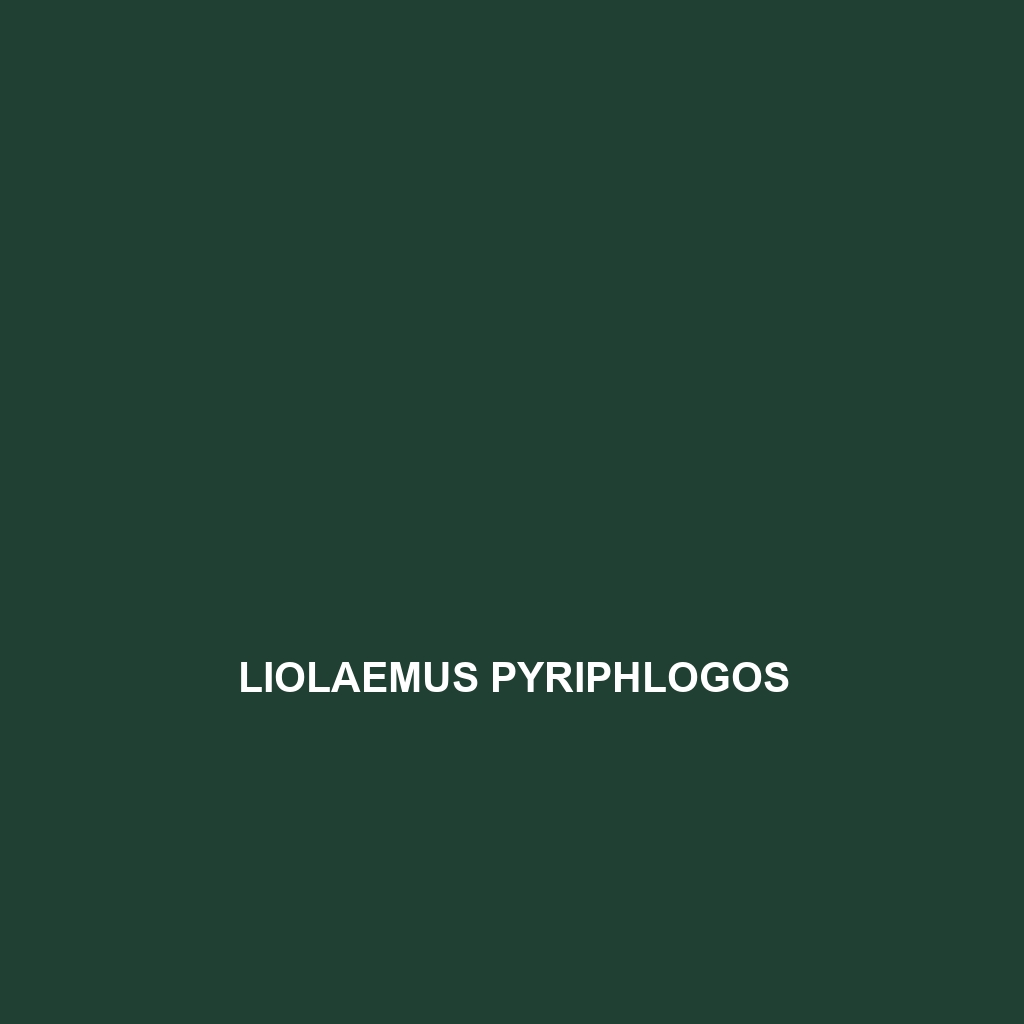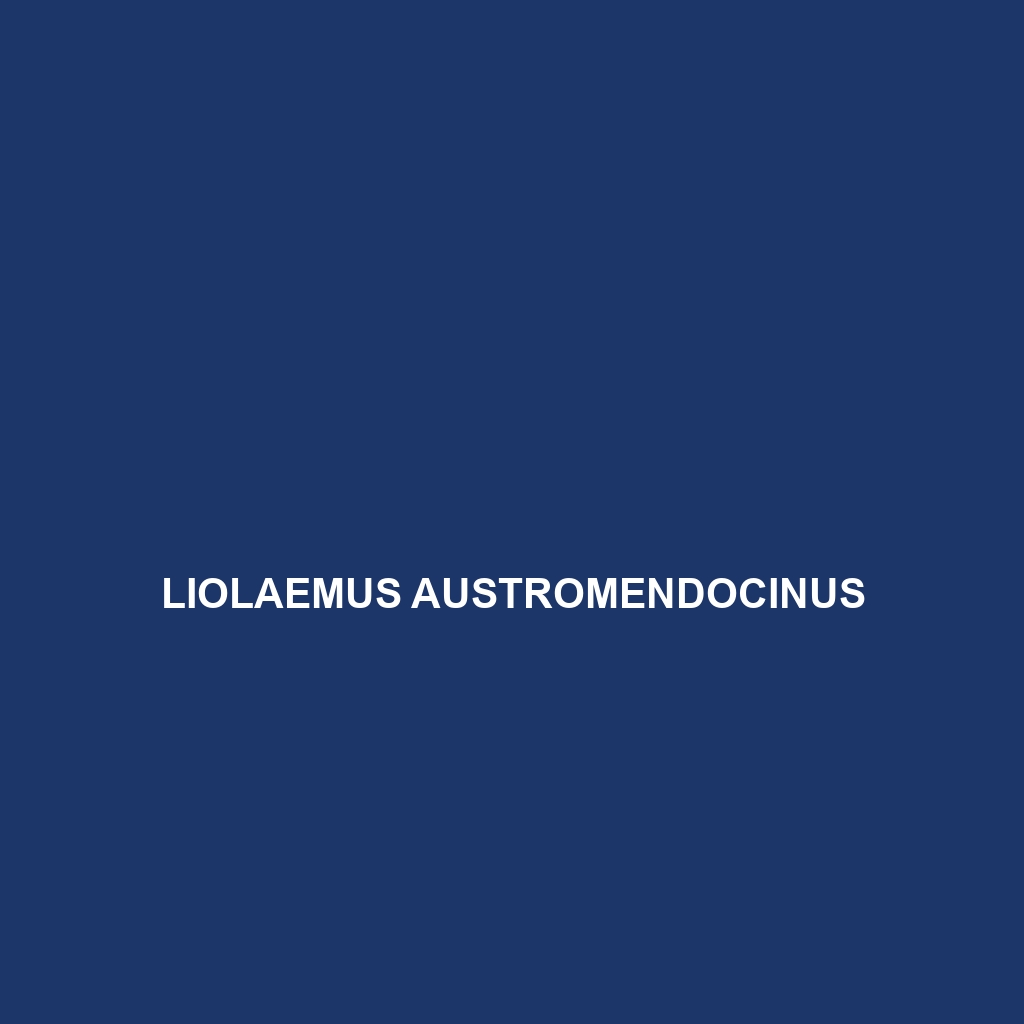<p><b>Phymaturus nevadoi</b>, a moderately-sized lizard native to the high-altitude regions of the Andes in Argentina, exhibits unique coloration and robust features that aid in survival. This vulnerable species primarily feeds on insects and plays a crucial role in its ecosystem by regulating insect populations while serving as prey for larger animals.</p>
Tag: Argentine Biodiversity
Liolaemus pyriphlogos
<p><b>Liolaemus pyriphlogos</b>, also known as the Pyriphlogos Lizard, is a unique species found in temperate forests and high-altitude regions of Chile and Argentina. This slender, diurnal insectivore exhibits variable coloration for camouflage, thrives in volcanic soils, and plays a significant role in its ecosystem.</p>
Liolaemus jamesi
Introducing the Liolaemus jamesi, a fascinating lizard native to the temperate forests and grasslands of southern South America. With a robust body, vibrant markings, and a diet primarily consisting of insects, this species showcases intriguing behavior and plays a vital role in its ecosystem.
Liolaemus austromendocinus
Discover the intriguing Liolaemus austromendocinus, a resilient lizard native to the temperate forests and shrubland of the southern Andes in Argentina. With its distinct flattened skull, specialized toe pads, and diurnal behaviors, this fascinating species plays a vital role in its ecosystem while facing challenges from habitat loss.
Kalinowski’s Oldfield Mouse
Discover the fascinating world of the Kalinowski's Oldfield Mouse, a nocturnal inhabitant of South America's grasslands. Known for its distinct brownish-gray fur and complex burrowing systems, this species plays a crucial role in its ecosystem by aiding in seed dispersal and providing food for various predators. However, with its vulnerable status due to habitat loss, conservation efforts are essential to ensure its survival.
Kalinowski’s Oldfield Mouse
Discover the fascinating world of the Kalinowski's Oldfield Mouse, a nocturnal inhabitant of South America's grasslands. Known for its distinct brownish-gray fur and complex burrowing systems, this species plays a crucial role in its ecosystem by aiding in seed dispersal and providing food for various predators. However, with its vulnerable status due to habitat loss, conservation efforts are essential to ensure its survival.





